If there are three things I love in my media, it’s slice-of-life, food, and kimono. I got a good dose of all those while watching Kakuriyo no Yadomeshi and then all three of them with bonus drama while watching Watadou, and now there’s a new anime out to fill that niche even better! Only one episode is out so far, so this won’t be any sort of an in-depth review, but I’ve been anticipating this anime ever since I found out the manga (which I love) was being adapted.
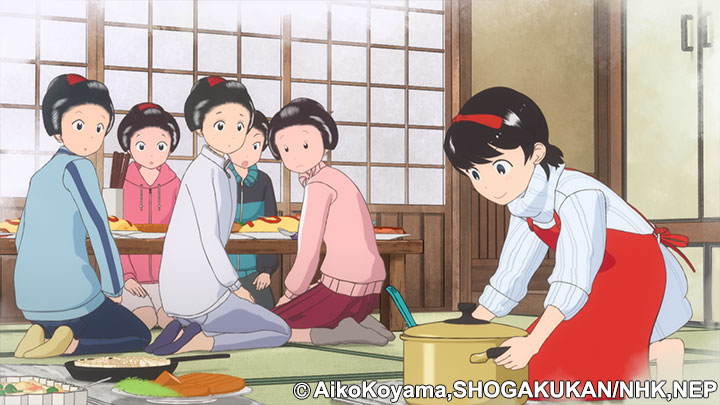
Kiyo preparing a huge lunch for the maiko – All images courtesy of NHK
Known in Japanese as Maiko-san Chi no Makanai-san and in English as Kiyo in Kyoto, this is the story of Kiyo, a teenager who moves to Kyoto and becomes the live-in cook for an Okiya (maiko residence) where her friend Sumire is in training to become a maiko. One of the things that makes their dynamic, and the whole show really, so wholesome is how supportive of Sumire Kiyo is. Initially they were training together, but it’s explained that Kiyo was too clumsy and not graceful enough, so she is taken on as the cook. Rather than be jealous that her good friend is en-route to become a very popular geisha, Kiyo is her biggest cheerleader. It’s sweet and charming and we need more positivity and happiness like this right now.’
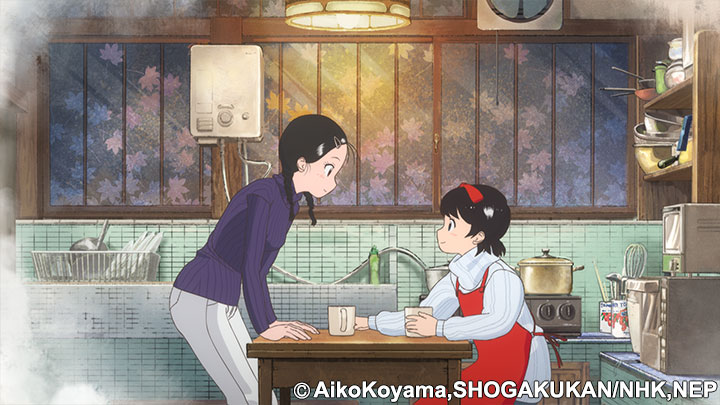
Sumire and Kiyo in the kitchen – All images courtesy of NHK
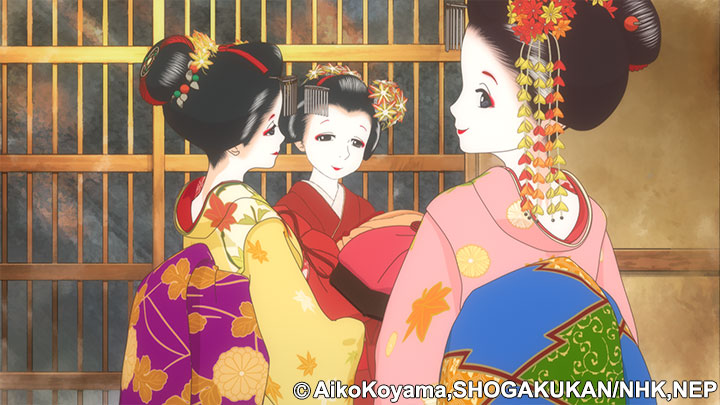
The girls all dressed up for work – All images courtesy of NHK
There’s a broad range of kimono in just this one episode, from the day-wear of the maiko while they’re out running errands to the more elegant outfits of the Matron and dance Sensei. And of course, there are the elaborate, colourful outfits of the maiko which we see only briefly but I’m sure will become more of a central visual element as the show continues.
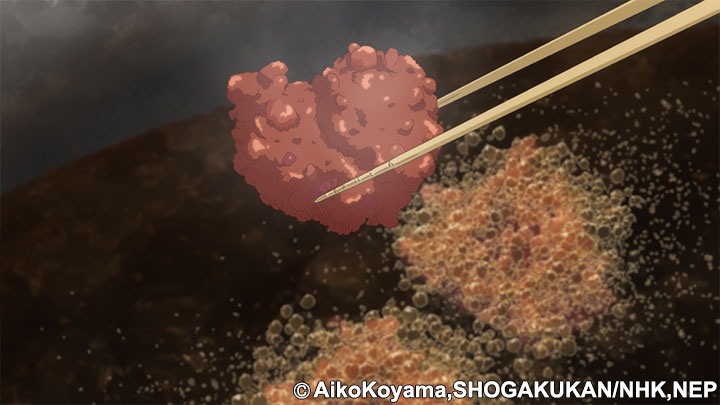
Squid Mince, an Aomori comfort food – All images courtesy of NHK
A cute segment is where Kiyo and Sumire discuss their “dish of the day”, a dish or food tradition mentioned in the show. There were several in this episode, and they do feel a bit filler-ish and repetitive, but they’re still informative and interesting so I don’t mind them yet. That might change after multiple episodes though XD. I’ll likely be doing a follow-up on this series (and a few others I’ve been meaning to share) in an Anime with Kimono Eye-Candy entry sometime soon.
You can watch the first episode of Maiko-san Chi no Makanai-san/Kiyo in Kyoto in Japanese with English subtitles and occasional English narration explaining culture and traditions of the geisha district on NHK World right here!

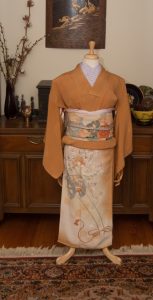
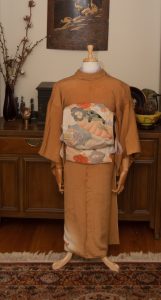
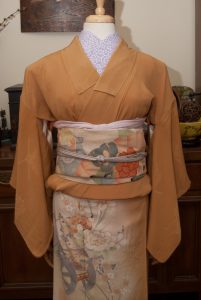
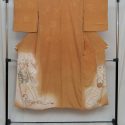
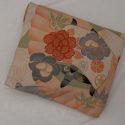


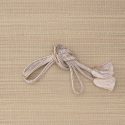
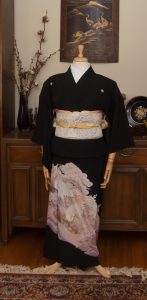
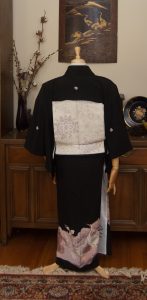
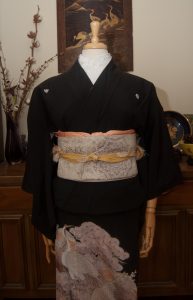
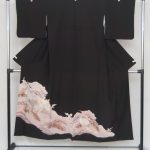
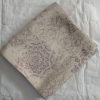



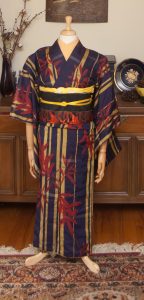
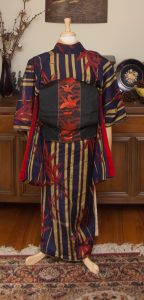
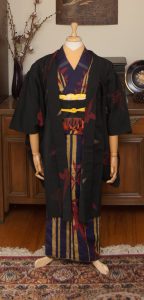
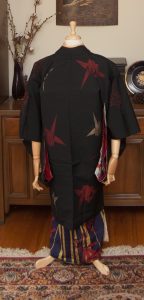

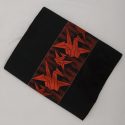
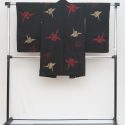

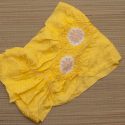
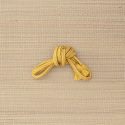
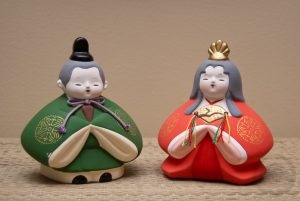
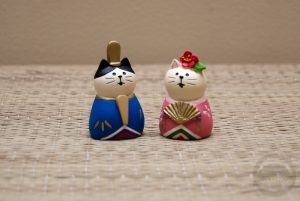
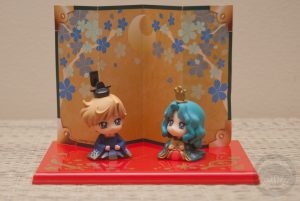









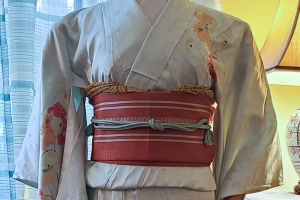
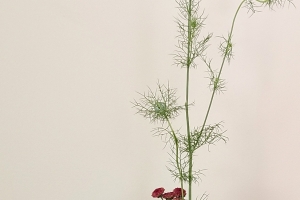

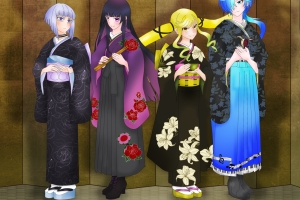
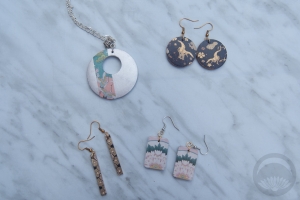

 Bebe Taian
Bebe Taian CHOKO Blog
CHOKO Blog Gion Kobu
Gion Kobu